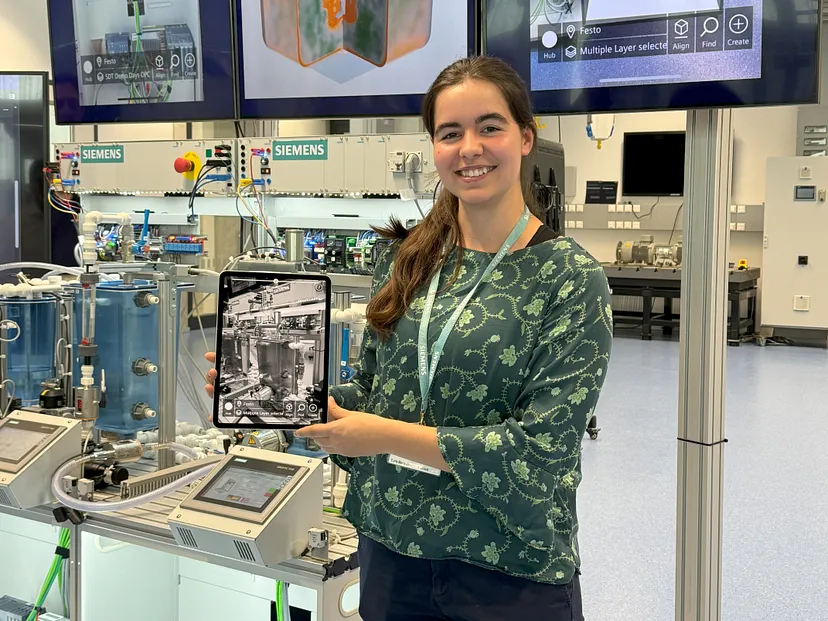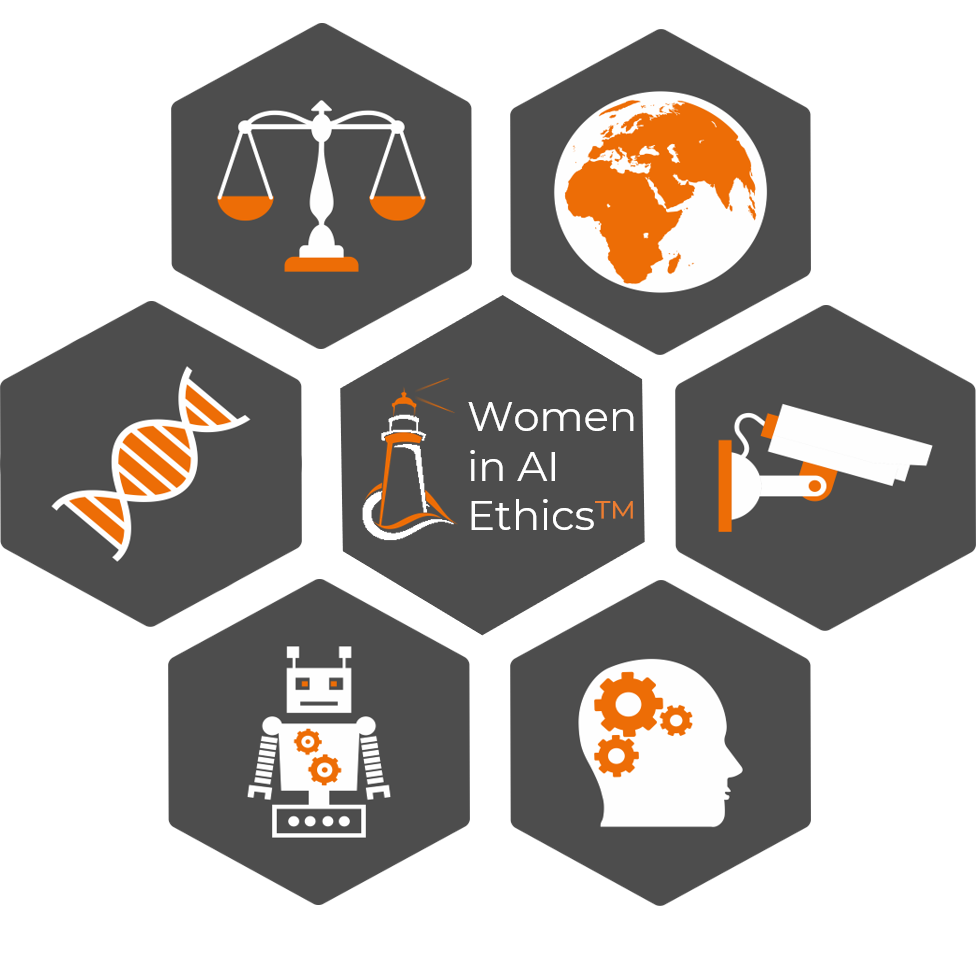
Source: LH3 — Siemens Labs
Last month, I was invited to Siemens “AI with Purpose” summit in Munich where I attended a presentation from Zeki Research. This weekend, I finally had a chance to read their ‘Women in AI 2024’ report in more detail and it validates our work at Women in AI Ethics. It also highlights key opportunities for organizations and countries to identify and retain top AI talent.
First, let’s start with who was included in the Zeki study. This study analyzed data on 133,000 top AI talent from 109 countries educated or working at over 4,300 universities or employed by over 42,000 organizations. Worth noting that it only includes scientists, engineers, and researchers selected to present papers at 20 most prestigious AI conferences and published in top 20 AI journals over the past 10 years.
Note: At Women in AI Ethics, we include women from non-STEM fields who are making significant contributions to AI.
Here are my top takeaways from this study. Let me know what else stood out for you.
1. 23% of top AI global talent is women and they have similar credentials as men with majority holding an advanced degree like PhD.
2. US is the top importer of AI talent followed by the UK and Germany, while losing talent only to countries with prestigious universities and advanced research labs.
3. American universities train the most women in AI, but men represent majority of scientists and engineers at leading university AI labs.
4. Despite high churn, the “Big Five” are still the top destination for women in AI but smaller companies retain them longer.
5. Women in AI have built their expertise in making AI fairer, more robust, and using AI to help improve outcomes for society.
6. Women in AI who leave their home countries score higher on Community (peer) Visibility indicator, except for US and UK.
7. Women in AI who leave their home countries score higher on Research Excellence, except in Finland where women who stay publish as much as those who leave.
8. Women in AI get less visibility and recognition for their work as they progress in their careers, highlighting the need for more resources and support for mid- and late-career women.
9. Outside of tech, the health sector and consultancies are leading sectors for employment for top Women in AI talent.
10. Countries and organizations that are “Champions of Women in AI” benefit from a more diverse AI talent pool; others need to do better.
What do they study? Women account for 23% of top AI global talent according to the study. There are a growing number of women in the field, and they hold the same types of credentials as men. 78% of women in AI hold an advanced academic degree, with 62% having a PhD. In general, a PhD is the most common qualification to enter the AI market. In the past 10 years, there has been a 93% increase in women publishing their first work in AI.
Universities in the US train the highest number of women in AI, but women only represent ~ 22% of scientists and engineers in major US university AI labs. This figure is even lower at leading universities like Stanford (15%), MIT (13%), and UC Berkeley (12%).
Where do they live? The US is the biggest importer and exporter of AI talent worldwide. About 22% of global female AI talent, are active in the USA followed by the UK and Germany. Countries with highest percentages of women in their ecosystems include Taiwan (36%) and Australia (26%), followed by Italy and The Netherlands. The study found that the US only loses women to countries with top universities like the UK and Australia, prestigious research centers (Switzerland), and highly technological societies such as Singapore.
In countries with smaller AI communities, top women in AI leave to get more visibility for their research but many stay closer to their home countries, and even when they move overseas for training or work, they are likely to return. Countries that want to retain their AI talent should invest in support networks and resources to help women in AI raise their visibility.
Where do the work? Top women in AI are attracted to large companies (with over 250 employees) and the trend is much higher for women than for their male counterparts. A key factor cited for this is the perception that large companies offer better prospects for career and salary advancement and are a way to build reputation. Most talent that the USA attracts goes to the private sector, with Google and Amazon the most common destinations. 27% go to academia, particularly Stanford University and MIT.
While the Big Five (Amazon, Apple, Google, Meta, and Microsoft) attract a higher volume, they also have extremely high churn (close to 60% of new employees leave within 2 years). Women in AI stay longer at smaller companies, where there is a higher ratio of their peers, especially in the health and consulting sectors.
Unlike their male counterparts, women do not tend to go to another large business after having been employed by a previous large company. They simply go back to academia.
What do they work on? Women have built their expertise around improving AI to make it fairer and more robust and using AI to help improve outcomes for society. They are highly active in conferences and workshops, with greater participation relative to their lower representation in the field, on certain topics and research interests. These include topics in natural language processing, computational linguistics, fairness and accountability, diversity, safety, and security.
Research Excellence is a key factor in whether women in AI leave or stay in their home countries. Women who leave score higher on Community Visibility, get higher visibility for their research than women who stay, except for women in the USA and the UK. The scoring trend is similar for Research Excellence and Leadership indicators, which track published research, but Finland is an exception as women who stay publish as much as those who leave.
What are the barriers? Although the number of female graduates in AI has increased in recent years, there are many universities … where women make up less than 20% of the student population in AI. These institutions need to do better in their efforts to attract and retain female students.
Despite the consistent quality of their research contributions, women in AI gain less visibility and recognition as their careers progress. Early-career women receive more recognition and support than mid- & late- career women. This highlights the need for more support and resources for women later in their careers.
What are the opportunities? The Zeki study shows that certain countries, companies, and institutions are “Champions of Women in AI” while others are missing out on a more diverse AI talent pool.
In the health sector, programs set up specifically for women like Siemens Healthineers, with the Women’s Impact Network (WIN@S) and Stanford University School of Medicine’s Women And Medicine (WAM) program can have a great impact on hiring practices.
JP Morgan Chase is one example of a non-AI company that is attracting top female talent in AI mainly due to its AI laboratory, which was founded by a leading female AI scientist.
You can read and download the full report from Zeki here.

